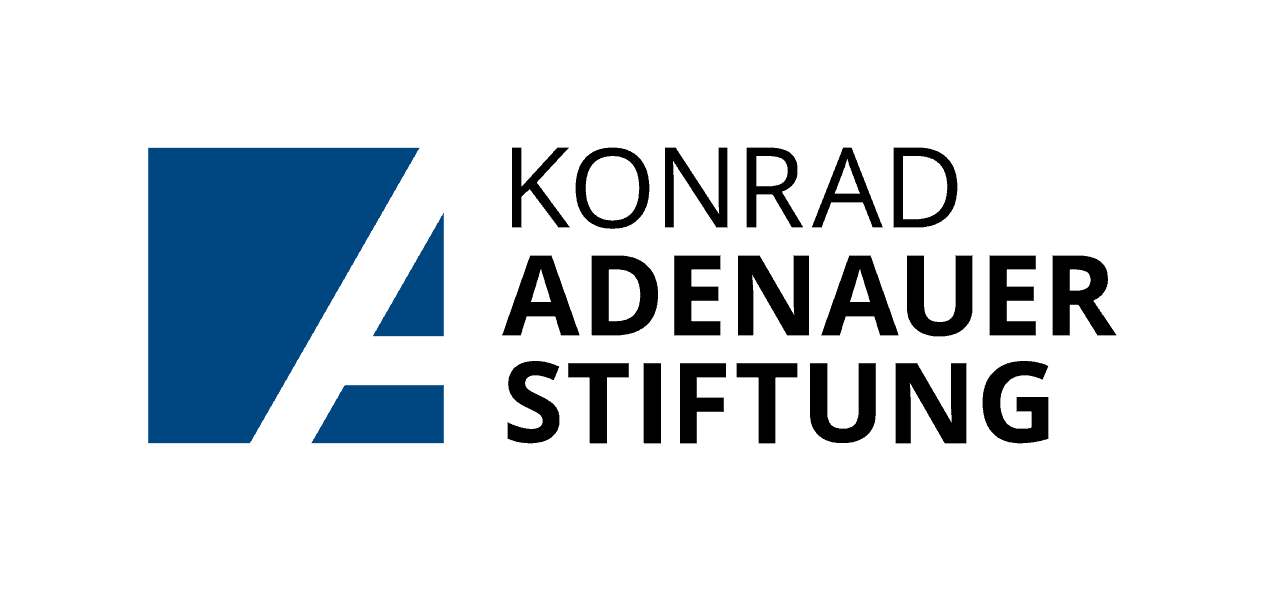Misinformation can lead to many outcomes – from a funny meme that goes viral on social media that is actually based on something untrue, to a dangerous piece of post that can lead to chaos, violence, unrest and even death. Before you dismiss a piece of misinformation as “harmless”, think again. You never know what form any misinformation can take down the line, as unaware people keep sharing this post.
What misinformation can lead to always depends on the consumer of that piece of information. There are some prototypes of people who consume, and respond to misinformation differently.
The believers:
This is a set of people who believe in all they see on social media and never get around to questioning the posts. You might find them in family closed messaging groups, where whatever sounds important is shared without verification. This can lead to proliferation of misinformation further down the line, and people subscribing to misinformation that can be sometimes harmful act on this misinformation. An example of this can be so called ‘magical cures’ and preventive measures for the Covid-19 pandemic.
The selective consumers:
This is the group that knows what to look for, and consumes, subscribes and acts on all information that resonates with their thought process. This group can be dangerous. The reason is – they will share anything that fits their narrative. When such unverified information is shared further, it creates an echo chamber that is full of people belonging to this group. Biased and unverified information hence results in a misinformation ecosystem that has the ability to create realworld harm. An example of this would be sectarian narratives, which when shared without verification, can cause harm to the section that is being targeted.
The mischief makers:
This group consists of a significant size of people, who exist online, with the only intent to spread misinformation of every kind. This group is aware of what harm these posts can cause, and intentionally share it. The outcome – when shared further by unsuspecting people as well as people who are aware and yet spread this misinformation – can cause a deluge of problems in the real world. A prime example of this could be antivax narratives in times of the pandemic. Unsubstantiated theories of the vaccines causing harm, when shared liberally, can cause vaccine hesitancy – something that may make the pandemic linger on for much longer.

